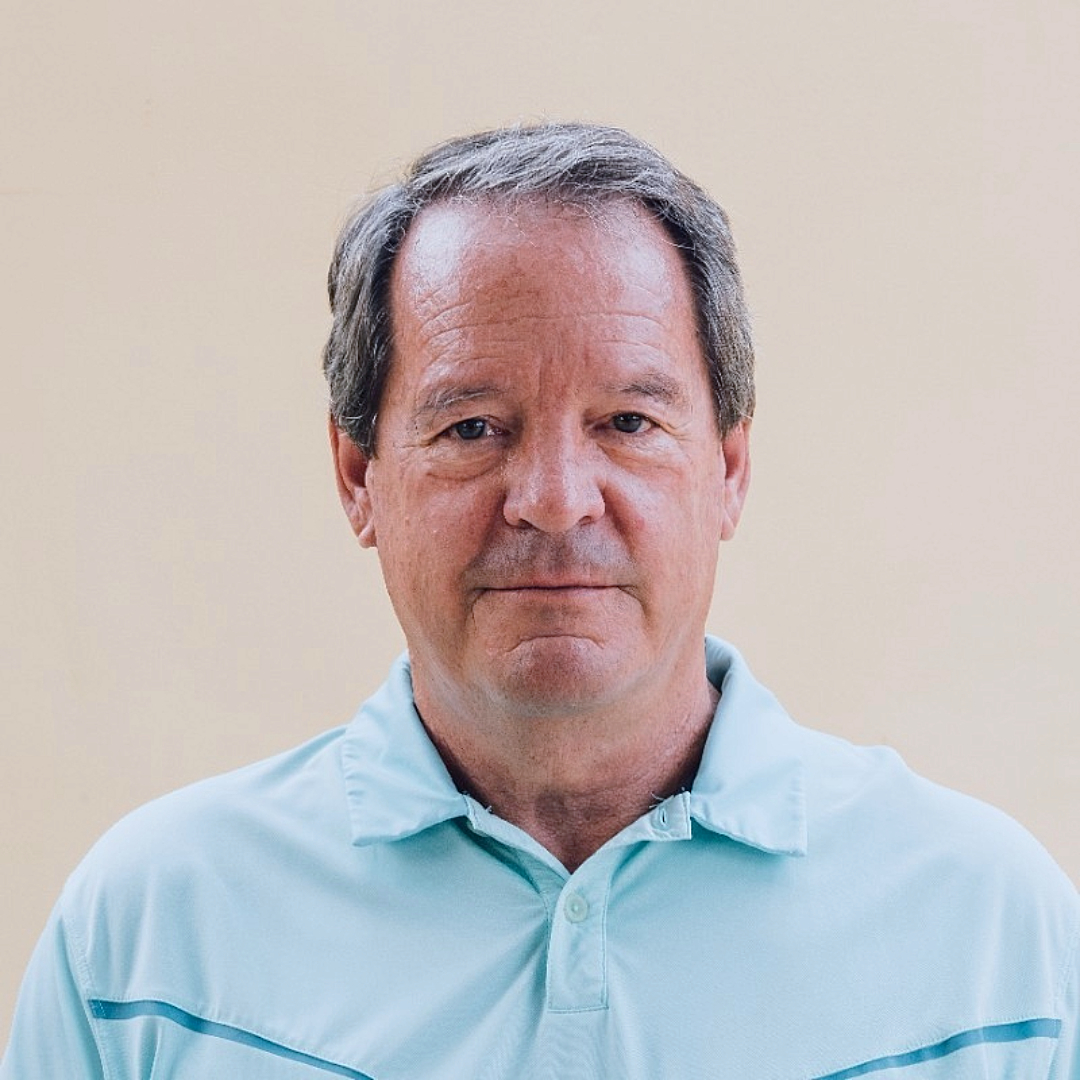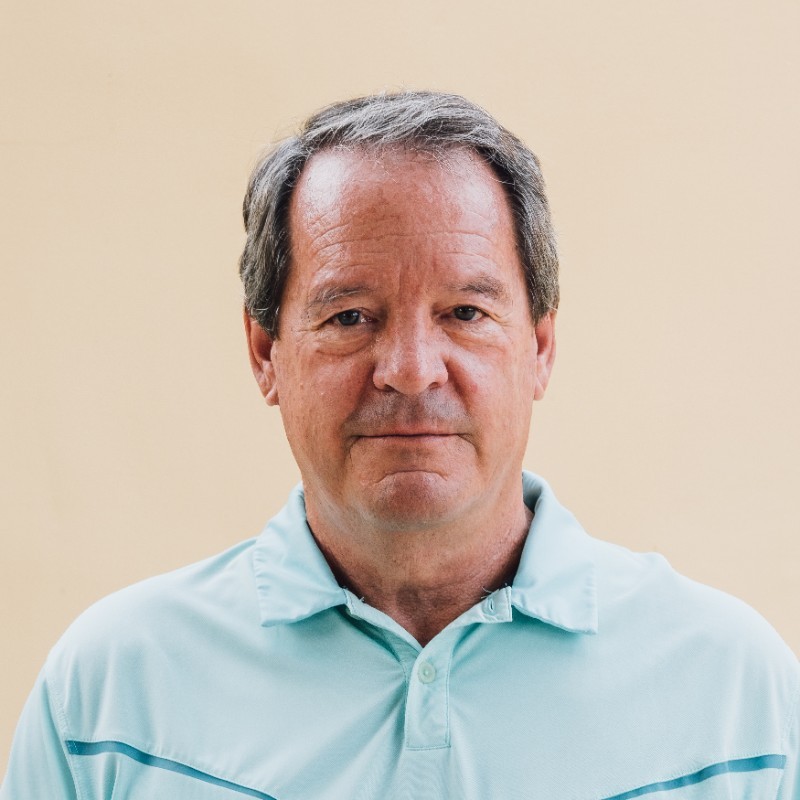
In his 25+ years in medical device packaging, Larry Patton has maintained a hard and fast focus on improving the lives of surgical technicians, sterile processing department technicians, nurses, and patients. Now, with SterileBits, he is making this happen in an even bigger way.
Sometimes in the medical device industry, new product development can be technical to a fault, leaving designs absent of human touch. Some might even describe the process as, well, sterile. While that is indeed the goal of the product, for Larry Patton, Director of Operations and Research and Development (R&D) at SterileBits, this issue isn’t hypothetical or theoretical. It’s not one that he can clock in and out of or take vacation from.
It’s personal.
Patton has spent all of his life as a cardiac patient. This extensive time on the other side of the table has given him critical experience and intimate knowledge of the stakes at hand when developing packaging for medical devices. It’s the kind of knowledge you can’t learn in school.
“I’ve been a cardiac patient all my life, so I have this natural inclination to get involved with all kinds of cardiac devices. I know from experience that this kind of packaging lends itself to patient care perfectly,” said Patton. “I really feel fulfilled that I can, even in a small way, work to help patients that are in the same kind of situation I was in. That means a lot to me.”
Larry Patton is the Director of Operations and R&D at SterileBits. He joined the company five years ago when it was founded. His goal is to bring to market products that improve patient safety, reduce infections and make life a little easier for SPD technicians, nurses, and surgeons.
Patton has more than 40 years of experience in manufacturing processes and medical device packaging. Prior to joining SterileBits, he was a sales engineer at Maxon Corporation and a senior account executive at Clean Cut Technologies. That’s how he met Craig Ford, founder of SterileBits.
Ford was a potential customer. Patton felt invigorated by the possibility that he could really help the lives of Sterile Processing Department (SPD) technicians, nurses, and surgeons by helping to develop instrument protectors by SterileBits. So, when an opportunity opened up, Patton accepted.

“It all starts with helping people and protecting patients,” said Patton. “My passion is to deliver unique packaging items to the market that help sterile processing, surgical teams, and patients. That’s what keeps me going, and those are the things at the forefront of my mind when designing a new product.”
Patton’s decades of experience in medical device manufacturing and as a patient himself make him uniquely qualified to solve problems for the best interests of SPD technicians, surgical technicians and patients alike.
Here are some of his thoughts on the future of sterile processing, medical device research and development, and how SterileBits fits into the big picture of positive change:
Q: Why are you passionate about instrument protectors by SterileBits?
Patton: I spent 25 years developing packaging, just like we’re doing right now. I probably have 500 successful part numbers out there in the marketplace with clean-cut technologies. This product, this robotic instrument protector card without a doubt, does the most for sterile processing, surgical teams, and aseptic presentation as anything I’ve ever worked on. It gives me chills. It’s a huge deal. I’ve been involved with packaging for instruments that sell for $10,000. Without a doubt, this paper card is more exciting than that.
Q: How does SterileBits help people?
Patton: Our first line of products, the instrument protector cards, provide more free volume inside the pouch. This allows more contact with the steam sterilant. That helps the heat transfer from the sterilant moisture to the instruments. I also see it as a major convenience for the nurses in the sterile processing department. We make it easier for them to get the product into a pouch or into the steam autoclaves, and to get the product out of the pouch and into the sterile field.
As for the robotic instrument cards, the robotic instruments themselves get reused and re-sterilized up to 12 to 15 times, and then they’re unusable after that time. The instruments themselves cost up to $2,500 a piece. So, we really love that when people use a robo card they’re helping ensure that the instrument gets sterilized and aseptic presentation is maintained in the instrument’s journey to the sterile field. The robo card makes it easier for all of that to happen while reducing human error, such as somebody dropping something, touching the inside or outside of the pouch, and then brushing against the instrument.
When it comes down to it, the product makes it a lot easier for people to get their job done. There are hundreds of instruments that these sterile processing departments are responsible for, and the robotic instruments themselves are very unwieldy. They’re awkwardly shaped and hard to handle. We learned that instruments were getting dropped and fumbled and it was not easy to get them out of a sterilization configuration. The industry needed a solution, which is what we are providing with our instrument protector cards.
Q: How do you see the sterile processing landscape evolving in the years to come?
Before I joined SterileBits, Craig conducted a study with the Rothman Orthopedic Institute. The study consisted of retrieving drill bits that had been used in the OR. After re-sterilizing, they tested the drill bits for sterility. The study found 25% of those supposedly sterile drill bits had bacteria and fungus on the bits. We couldn’t believe it. They re-ran the same test three more times and got the exact same results: 25% of the drill bits were non-sterile.
So, we know there’s a problem with non-sterile instruments reaching the OR. There’s a lot of work being done now to fill in the holes and find out how the job can be done better. I see SterileBits instrument protectors playing a big part in that evolution.
Q: What is one thing you wish people knew about SterileBits?
Patton: I wish more people knew about us. Period. If more people knew about instrument protector cards, it would change a lot of lives for the better.
About Larry Patton
Larry Patton has been the Director of Operations and R&D at SterileBits for five years. His goal is to bring to market products that improve patient safety, reduce infections and make life a little easier for SPD technicians, nurses, and surgeons. Prior to joining SterileBits, he was a sales engineer at Maxon Corporation and a senior account executive at Clean Cut Technologies. Cumulatively, he has more than 40 years of experience in medical device packaging. Patton received a B.S. in business from Murray State University in Kentucky. In his free time, he enjoys woodworking, metalworking, baseball, gardening, golf, and spending time with his family.
SterileBits: Sterile Solutions for Muddy Problems
To read more articles similar to this one, visit the SterileBits blog.
Questions? Contact the SterileBits team here.

